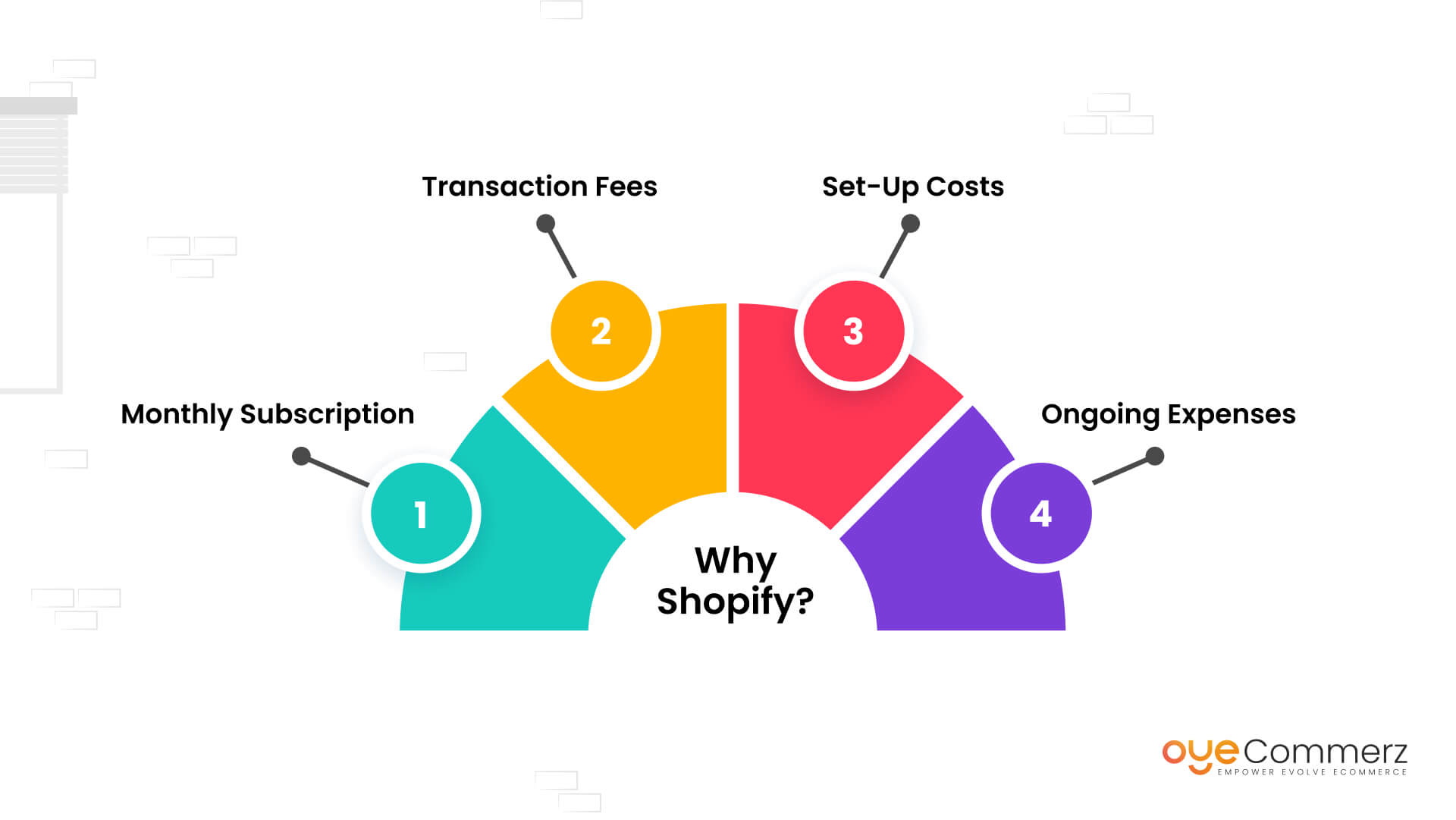Effortless Transition from WP to Shopify: A Comprehensive Roadmap for E-commerce Growth
Effortless Transition from WP to Shopify: A Comprehensive Roadmap for E-commerce Growth
Blog Article
Transitioning from WP to Shopify marks an exciting step in optimizing your online store processes. As companies grow, choosing a solution that supports scalability, user experience, and flexibility is essential. Shopify is widely recognized as a favorite for e-commerce professionals, providing unmatched flexibility, data protection, and ease of use. In this guide, we will delve into why this migration is a game-changer, highlight the advantages, and share actionable steps to facilitate a seamless transition.
1. Why Migrate from WordPress to Shopify?
WordPress, paired with WooCommerce, continues to support countless e-commerce platforms. However, as businesses expand, challenges like plugin dependency, data risks, and technical complexities often obstruct progress. Shopify, designed explicitly for digital retail, eliminates these concerns with an comprehensive, intuitive platform. Real data supports this transition—Shopify hosts over 4.4 million stores worldwide, with a documented 10% boost to sales conversion rates for many businesses after migration.
2. Key Benefits of Shopify for E-commerce Success
Shopify’s powerful platform is tailored for expanding brands. Its standout features are:
- Seamless Customization: Shopify offers over 80 expertly crafted themes.
- Built-in Features: Features like Shopify Payments and integrated SEO streamline operations.
- Global Reach: Currency versatility and regional customization enable businesses to reach global markets.
Additionally, Shopify delivers an availability percentage of 99.98%, ensuring your store remains accessible.
3. Getting Ready for Your WordPress-to-Shopify Transition
Prior to starting the migration process, assess your current store. Analyze inventory details, client information, and SEO performance. Tools like Shopify’s Migration Kit or third-party solutions help ease the transition. Create a comprehensive plan, ensuring all resources—item details, media files, and blog content—are optimized for transfer.
4. Data Migration: A Critical Step
Data migration is a cornerstone of a smooth transition. When migrating from WordPress to Shopify, focus on:
- Product Information: SKU, item summaries, and categories.
- Client Information: Emails, order history, and preferences.
- Search Engine Considerations: Preserve meta tags, URLs, and forwarding paths to maintain search rankings.
Use apps like LitExtension to facilitate seamless migration while minimizing errors.
5. Tailoring Your Shopify Store to Fit Your Brand
After the move, personalizing your Shopify store helps it aligns with your business identity. Utilize Shopify’s intuitive page builder to create layouts with ease. Shopify's themes are mobile-responsive, ensuring a smooth user experience across devices—a key point, since 74% of online Custom Shopify development shopping comes from mobile visitors.
6. How to Protect Your SEO Rankings When Switching Platforms
SEO is vital for preserving your online presence during migration. Shopify excels in SEO with organized link formatting, preloaded features, and smooth content management. Make sure you:
- Set up URL forwarding for existing links.
- Enhance updated content with targeted phrases.
- Leverage plugins like Plug in SEO to track analytics after the switch.
7. Post-Migration Testing
Once the migration is complete, conduct thorough testing.
Check: - Page load times (Shopify boasts faster speeds in contrast with WP).
- Payment Shopify for small businesses integration reliability and transaction flow.
- Adaptability across devices.
Testing guarantees your store provides a seamless shopping journey from day one.
8. Case Study of a Successful Migration
One such migration success story is Gymshark, a fitness apparel brand that moved to Shopify. After the switch, the company experienced a 60% boost in mobile sales and reduced site downtime. This showcases the capabilities of Shopify in enhancing online business success.
9. Overcoming Common Migration Issues
Migration is not without obstacles, such as information accuracy and adjusting tailored features. However, Shopify’s extensive assistance and third-party experts simplify the process. Collaborating with qualified Shopify developers helps guarantee a trouble-free transition.
10. Making the Switch: The First Step Toward Success
Switching from WP to Shopify marks a forward-thinking approach to e-commerce. By addressing scalability, streamlining operations, and enhancing the customer experience, Shopify empowers businesses to thrive in competitive markets.
Conclusion
Transitioning from WP to Shopify offers a smart solution that can greatly enhance your e-commerce success. With a well-structured strategy, the appropriate resources, and expert support, you can unlock new growth opportunities.
Ready to make the leap? Let’s discuss how our Shopify migration services can transform your online store. Contact us now, or consider: Is it time to seize Shopify’s advantages for your store?
 Report this page
Report this page